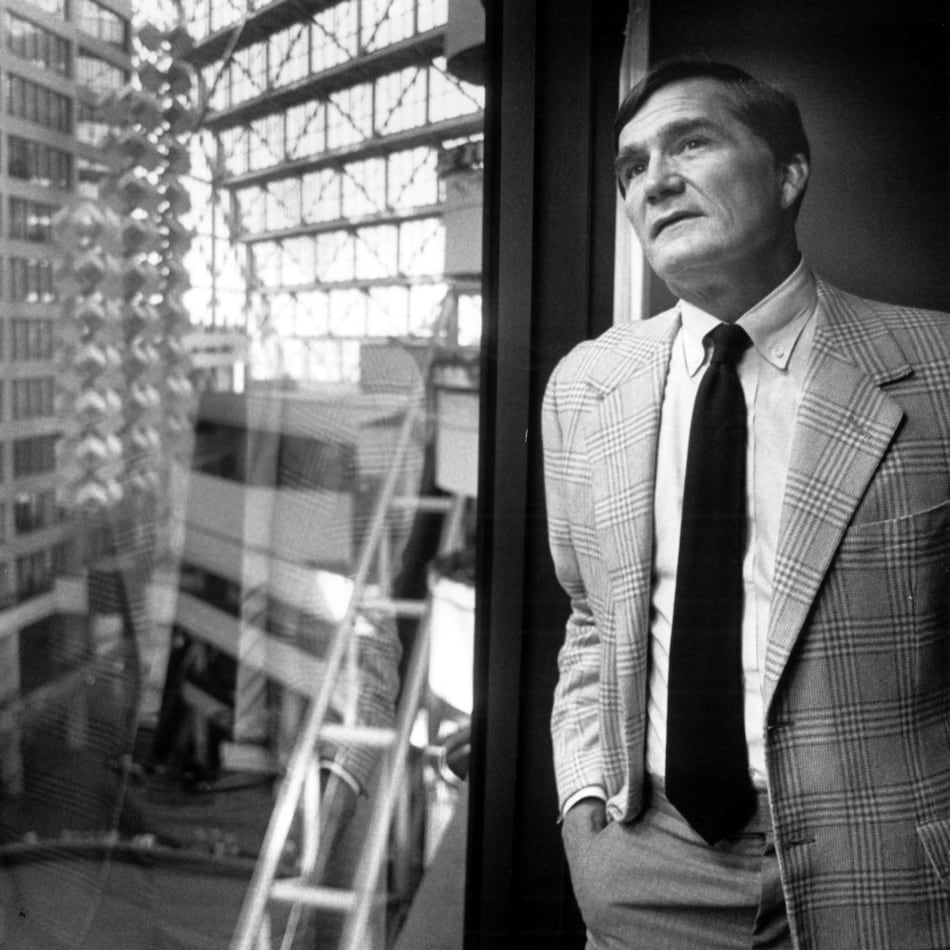Norcross is about to breathe life into a street named Cemetery. And the road's rebirth has implications for downtown Norcross and Buford Highway, city officials said.
The Gwinnett County enclave of 10,500 soon will transform a one-third-mile stretch of Cemetery Street -- from Buford Highway to the city's historic district -- into a pedestrian gateway. Construction bids were due Friday. The projected $700,000 streetscape is slated to begin as early as September.
Cemetery Street, so named because two cemeteries sit on the opposite side of Buford Highway, is dotted with shops, houses and Lillian Webb Park, the city's new $4.5 million town center. The street also borders a field of rock-strewn grass and pipes jutting from the ground.
"It looks like a bomb went off," Norcross historian Sally Toole said. "If you drove down the road right now, you would say, ‘Ooh, what a mess.' This could be a nice way to polish it off."
The city is sprucing up the street, adding 7-foot-wide sidewalks, old-fashioned streetlights, benches and trees. But to Norcross city leaders, the project -- paid for with federal and city funds as part of a transportation grant -- holds greater significance.
Officials hope the changes, along with the new park, will boost downtown's visibility from Buford Highway, enticing passers-by and developers to check out the restaurant-lined district. More importantly, they say, the revitalization will reconnect Buford Highway with old Norcross. A decade ago, the city distanced itself from the blighted artery, officials said.
"Unfortunately, we've isolated ourselves," City Councilman Craig Newton said. "The blight west of Buford Highway was an issue, so we're trying to take the bull by the horns and address that issue now."
The Cemetery Street project dovetails into a larger plan forged in 2008 among the mayors of Norcross, Duluth and Suwanee to improve transportation, fix spot zoning and revitalize run-down portions along eight incorporated miles of Buford Highway.
In April, Suwanee green-lighted a $5 million plan, envisioning bike lanes, wide sidewalks, on-street parking, even a roundabout along a 1.7-mile section of the roadway. In December, Duluth created its first tax allocation district along three miles of the highway to spur redevelopment and draw residents to a new urban center.
In the spring, Norcross was approved for $2 million in mostly state transportation and Atlanta Regional Commission funds that hold the promise of landscaped medians, sidewalks and underground utilities along its piece of Buford asphalt.
"The idea is to kind of create a product that people want to be close to," Mayor Bucky Johnson said. "Then that will attract more businesses, more restaurants, more offices to locate in a core area."
Cemetery Street is just a piece of the puzzle, and Johnson said he has worked for more than two years to put it in play.
"You can drive by [the street] five days a week and not know the little town of Norcross is at the top of the hill," he said. "It's crazy."
The enhancements are good news to John Adams, owner of Bleu House Cafe, which sits dead center on Cemetery Street.
"I think it'll mean more business, more foot traffic," Adams said. "My business is pretty good as it is, but people don't kind of come down this way."
Norcross resident Richard Sudderth, 85, was born on Cemetery Street. In the 1930s, Sudderth remembers playing baseball in the middle of the then-dirt road. In those days, carriage hearses ambled down the road to grave sites at the bottom of the hill.
"I'm all for the changes, 100 percent," Sudderth said.
For Toole, the historian, the resurrection of Cemetery Street is a long time coming, though the unusual name isn't lost on her.
"My husband and I were talking about how funny it was that the city is going to welcome people through Cemetery Street," she chuckled. "As someone who works with the Ghost Tour, I think it's cool that it's Cemetery Street."
About the Author
The Latest
Featured

